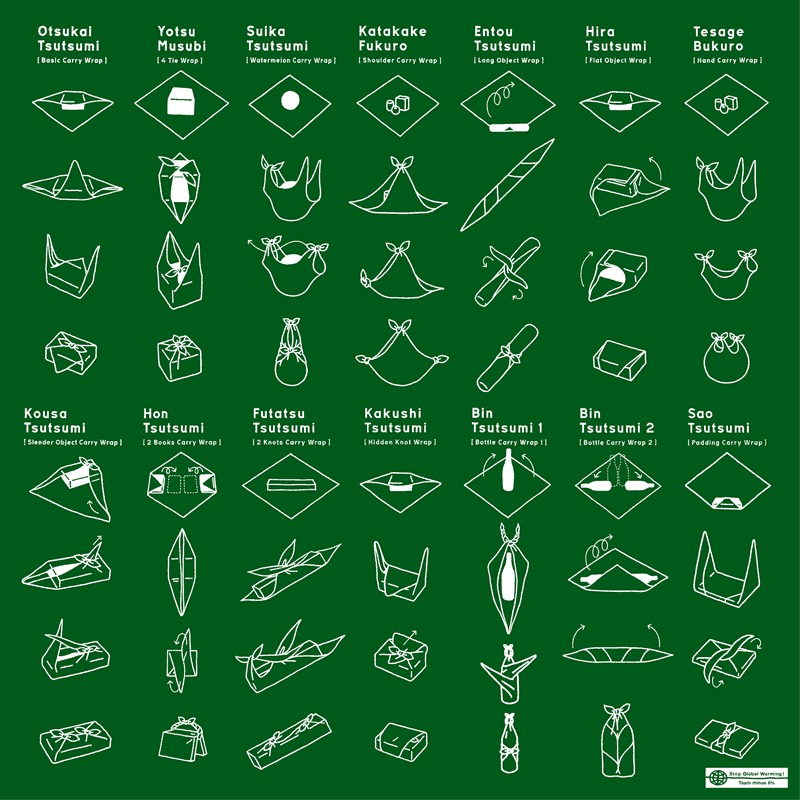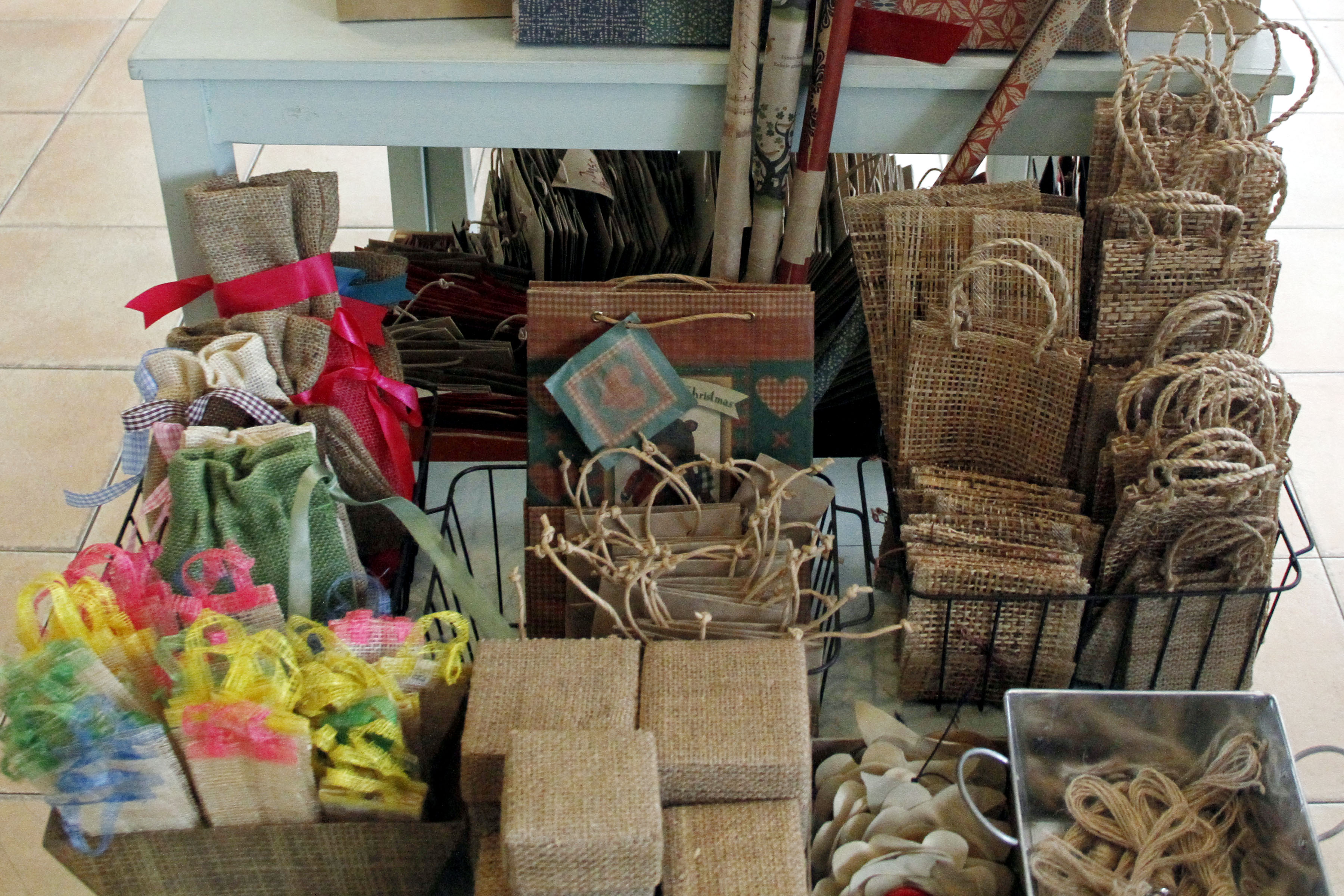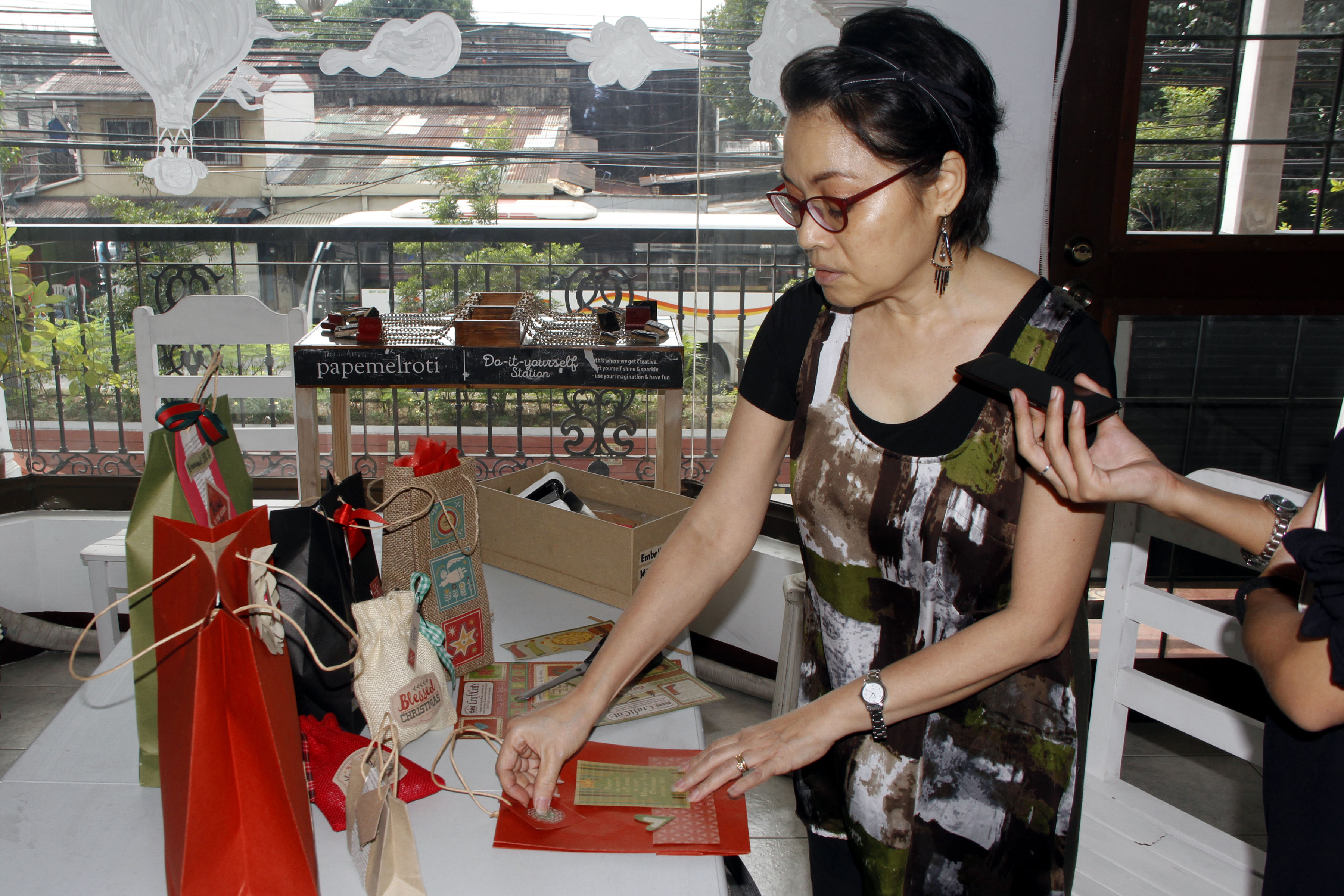MANILA -- From your usual glossy department store-bought wrappers, this 2017, you can level up your gift presentation game by trying Japan's traditional "furoshiki," the use of cloth as alternative to paper, or by using effort-evident and personalized gift bags made from local and environment-friendly materials.
As we become environmentally aware, of course, there's our subconscious telling us to save, to opt being frugal and to be a good example than indulge buying colorful wrapping papers, which, not by guess, will just end up in trash.
However, despite this growing prominence of resourceful presentation of gifts, or rather, gifting the gift just as it is, a.k.a. in its naked box or packaging, it cannot be denied that gift wrapping presents affect the recipient's perception of how their loved ones are making effort.
Even Daniel J. Howard in his 1992 journal titled "Gift-Wrapping Effects on Product Attitudes: A Mood-Biasing Explanation" proved that gift wrapping an item has a "favorable influence" on the recipients' attitudes toward owning the gift.
So, staying with the culture of making your stuff look neat but doing away with the guilt of another trash pile at the end of the unwrapping, two alternatives could just be of help.
FUROSHIKI
In using a furoshiki, you'd only need a piece of cloth depending on what size your gift will be. In the internet, there are a lot of tutorials that will give you a step-by-step guide of folding and knotting clothes, from wrapping a simple square box to encasing a wine bottle.
Of the most common shape, or square, you must first position the furoshiki like a rhombus on a flat surface before putting the box in the center.
Next, grab the two ends of the furoshiki, cross them to the sides and knot the first one to the untouched corner of the cloth. After repeating the process on the other side, you can now add accent to the gift with either available decorating pieces such as tassels, feathers or a clean small branch outside your house.
Other methods to try using furoshiki:

Different ways to use Furoshiki. Illustration courtesy of Japan Ministry of the Environment
Use of furoshiki dates back to Nara period or early 8th century to wrap special valuable items.
The wrapping was called "Tsutsumi" or "Hiradutsumi," with which the main purpose was to originally carry garments.
In Meiji period or late 19th to early 20th century, furoshiki became mass-produced when cotton spinning was popularized in Japan.
In 2006, after what seemed like a long hiatus when furoshiki significance was gradually replaced with paper and plastic bags, Japan’s Ministry of the Environment launched a campaign to "disseminate" culture of furoshiki to put an emphasis on taking care of the environment and avoiding wastes.
WRAPPING (BAGGING) WITH FILIPINO ACCENTS
While the Philippines does not have a furoshiki of its own, it is "developing" a culture using native resources at disposal unique to be distinguished as purely Filipino.
"Yung sa atin, mga bayong, we use native materials, we have the sako, sinamay and other stuff but we don't have that same tradition as Japan.
In Japan, even their candies are so well wrapped," Patricia Paterno, managing director of Papemelroti said in an interview with the Philippine News Agency.
Papemelroti is a Filipino company prominent for its handcrafted gift products and personalized gift bags made from eco-friendly materials.
Demonstrating how to personalize a gift bag, Paterno said the most important material is creativity.
Using kraft cuts, scissors and glue, a simple brown bag was able to appear as a classic Christmas bag.

Papemelroti's customizable woven and paper bags made from recycled materials. Photo by Jesus Escaros
Paterno said that although not as elaborate as in other countries, Filipinos do have a penchant for details, an example of which is its colorful jeepneys decorated with numerous adornment.
"With Filipinos, mayroon tayong pagka-horror vacui. Filipinos, we like to add stuff and it's not so much the simple. With the handcrafting movement getting more and more popular, we're developing our own culture (like furoshiki)."

Patricia Paterno demonstrates how to personalize a gift bag in their newly opened Artisan's workshop in Papemelroti, 91 Roces Ave. branch. Photo by Jesus Escaros
In the 50 years that Papemelroti is in business, naming all occasions such as Mother's day, Christmas day, and Valentine's day, Paterno said the tradition of Filipinos giving gifts have somehow changed.
"I can't say it's dying down but the way they buy, it's different now, with the technology, they now buy online."
But despite this, Paterno cleared that Filipinos in all occasions are still up and inclined to buying presents to signify how much they care for someone. "It's part of our way of saying I love you or I care for you."
GROWING MOVEMENT FOR HANDCRAFTS
According to Paterno, "there is already a movement where people make their handcrafts," one of the reasons they put up a workshop area in the middle of the city.
"This is our first and we'll develop it further where people can really personalize gift without so much effort on their part because sometimes a lot of people don't have all the materials at home," she said.
"If they come here, they can spend half a day or whole day and make all sort of gift for their loved ones."
The newly opened Artisan's workshop, located at 91 Roces Ave., is open to all with PHP50 per head entrance fee.
Inside the shop, several handcrafting materials are available.
Paterno said the company is planning to conduct several workshop classes in the future such as lessons on scrapbooking, doll making, bullet journaling and calligraphy. (PNA)



